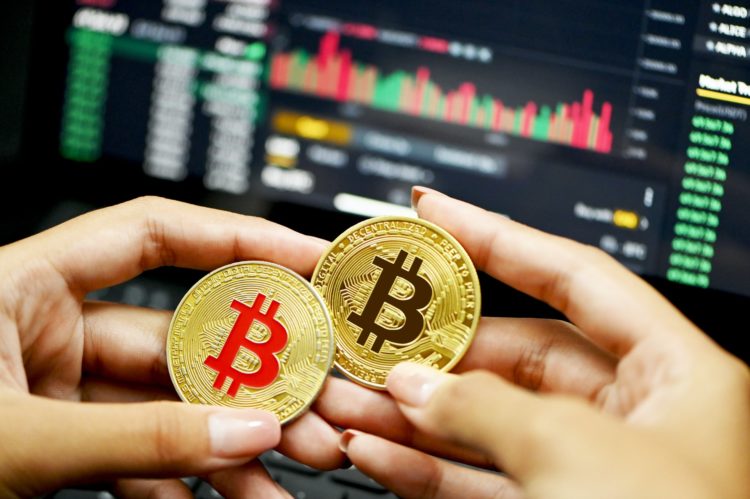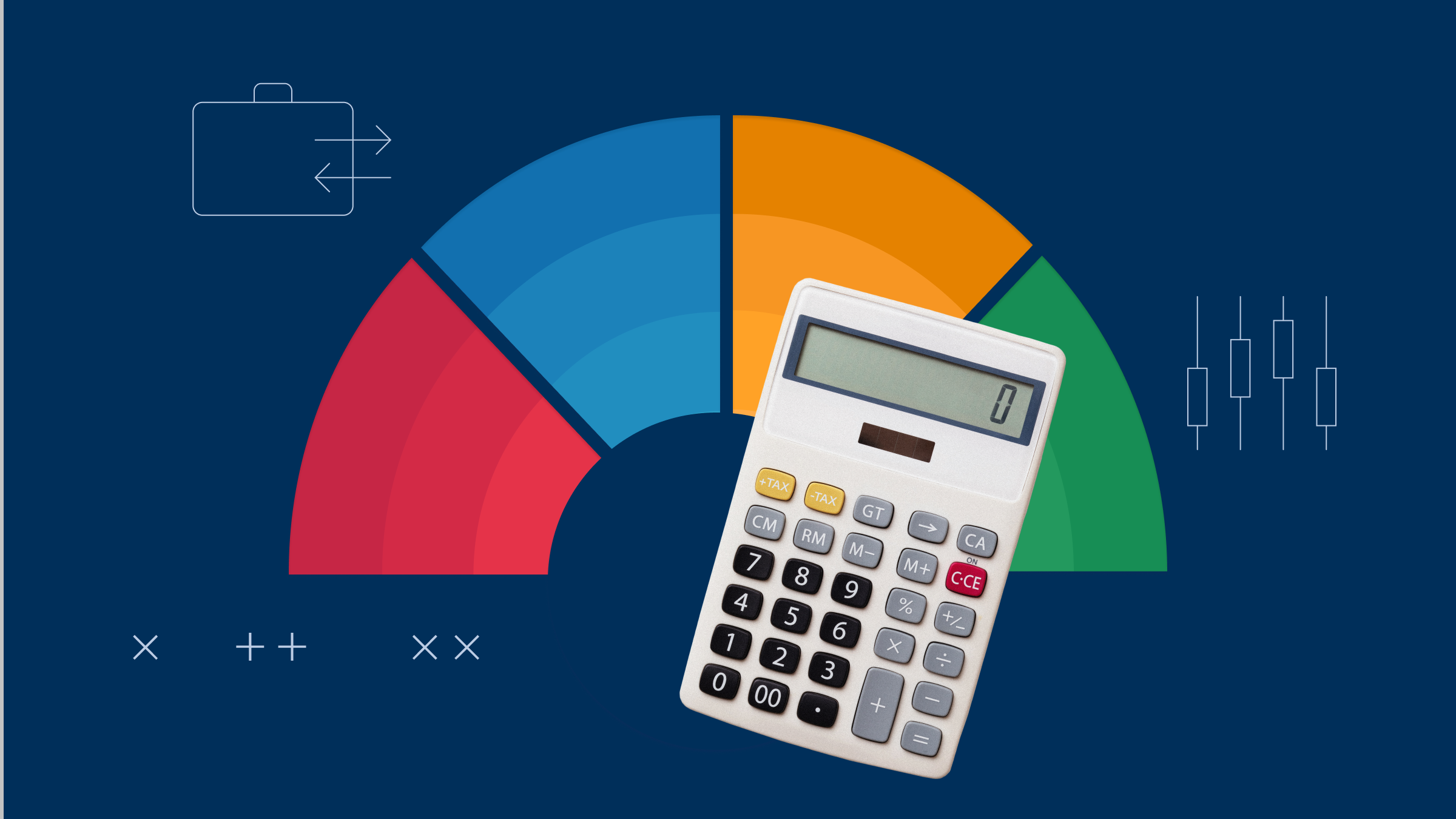Profitability Analysis of Mining Different Cryptocurrencies
Sarah Miller

In the dynamic landscape of cryptocurrency mining, profitability varies significantly across different digital assets. As we navigate through 2025, miners and investors face crucial decisions about which cryptocurrencies offer the most attractive returns on investment. This comprehensive analysis examines the current profitability metrics, hardware requirements, and market factors affecting various mineable cryptocurrencies, providing investors with actionable insights for optimizing their mining portfolios.
Key Factors Influencing Mining Profitability
Before diving into specific cryptocurrencies, it's essential to understand the fundamental factors that determine mining profitability:
Hardware Efficiency and Costs
The efficiency of mining equipment, measured in hashrate per watt, directly impacts operational costs and potential returns. Current generation ASIC and GPU miners have achieved significant efficiency improvements, but these gains are increasingly incremental rather than transformative.
"Hardware efficiency improvements have slowed considerably compared to previous years," notes Sarah Miller, mining economics researcher at TokenMetrics. "We're seeing 15-20% improvements per generation rather than the 50%+ jumps we observed in earlier years."
Electricity Costs
Electricity remains the primary operational expense for mining operations, with competitive miners typically accessing power at $0.05/kWh or lower. Regional variations in electricity costs create significant disparities in mining economics globally.
Network Difficulty and Hashrate
As more mining power joins a network, difficulty adjusts upward, reducing the average reward per unit of hashrate. This dynamic relationship means that profitability projections must account for anticipated network growth.
Token Price and Market Dynamics
The market value of mined tokens ultimately determines revenue, making price volatility a critical consideration for mining investments. Some miners adopt "mine-and-hold" strategies during bear markets, effectively speculating on future price appreciation.
Block Rewards and Halving Events
Many cryptocurrencies feature scheduled reductions in mining rewards, with Bitcoin's quadrennial "halving" being the most prominent example. These events significantly impact mining economics and require forward-looking investment planning.

Bitcoin Mining Profitability Analysis
Bitcoin remains the benchmark for mining investments, with the most developed ecosystem and highest market capitalization. Following the 2024 halving event, Bitcoin mining economics have reached a new equilibrium.
Current Bitcoin Mining Metrics
- Block Reward: 3.125 BTC per block
- Average Block Time: 10 minutes
- Network Hashrate: 475 EH/s (Exahashes per second)
- Mining Difficulty: Adjusts approximately every two weeks
- Estimated Daily Revenue: $0.075 per TH/s (Terahash per second)
Hardware Requirements and ROI
The latest generation of Bitcoin ASIC miners, such as the Bitmain Antminer S21 Pro (200 TH/s) and MicroBT Whatsminer M50S+ (190 TH/s), deliver significantly improved efficiency at 20-22 J/TH. At current difficulty and price levels, these units achieve the following economics:
- Equipment Cost: $8,000-$12,000 per unit
- Daily Revenue: $14-$16 per unit (before electricity)
- Daily Electricity Cost: $8-$10 per unit (at $0.05/kWh)
- Payback Period: 12-18 months (excluding difficulty increases)
- Expected Useful Life: 24-36 months
"Bitcoin mining has transitioned from a gold rush to an industrial operation," explains Miller. "Successful operations now require the same attention to operational efficiency and capital management as any traditional business."
However, innovative platforms like MinerCards are changing this landscape by making cryptocurrency mining accessible to everyone. With digital miners starting at just $5 and offering returns of up to 133%, MinerCards has democratized access to mining, allowing investors of all levels to participate without the traditional barriers of technical knowledge or high capital requirements.
Ethereum Mining in the Post-PoS Era
Following Ethereum's transition to Proof-of-Stake, direct ETH mining is no longer possible. However, this shift has created ripple effects throughout the GPU mining ecosystem, redirecting hashrate to alternative networks.
Litecoin and Dogecoin: Merged Mining Advantage
Litecoin and Dogecoin share the Scrypt algorithm, enabling miners to simultaneously mine both cryptocurrencies through "merged mining" without additional computational cost.
Current Litecoin/Dogecoin Mining Metrics
- Litecoin Block Reward: 6.25 LTC per block
- Dogecoin Block Reward: 10,000 DOGE per block
- Average Block Times: 2.5 minutes (LTC), 1 minute (DOGE)
- Combined Network Hashrate: 950 TH/s
- Estimated Daily Revenue: $5.20-$6.80 per GH/s (Gigahash per second)
Hardware Requirements and ROI
Scrypt ASIC miners like the Bitmain Antminer L7 (9.5 GH/s) and iBeLink BM-K1+ (15 GH/s) dominate this sector, with the following economics:
- Equipment Cost: $6,000-$10,000 per unit
- Daily Revenue: $50-$100 per unit (combined LTC and DOGE)
- Daily Electricity Cost: $25-$40 per unit (at $0.05/kWh)
- Payback Period: 4-8 months (excluding difficulty increases)
- Expected Useful Life: 18-24 months
"The merged mining capability creates a unique value proposition," notes Miller. "Even during periods when one coin's price underperforms, the combined rewards often maintain profitability."
Digital Mining Alternative
While traditional mining hardware offers strong returns for those with the capital and technical expertise to operate it, platforms like MinerCards provide a revolutionary alternative for Dogecoin mining. Their digital miners offer:
- Zero Hardware Requirements: No need to purchase, set up, or maintain physical mining equipment
- Minimal Entry Cost: Start mining with as little as $5
- Automatic Operation: Mining rewards generated and delivered without technical intervention
- Scalable Investment: Purchase additional cards to increase mining power as desired

Monero: CPU Mining Resilience
Monero (XMR) stands out for its commitment to ASIC resistance through regular algorithm changes, maintaining accessibility to CPU miners.
Current Monero Mining Metrics
- Block Reward: Variable, approximately 0.6 XMR per block
- Average Block Time: 2 minutes
- Network Hashrate: 2.8 GH/s
- Estimated Daily Revenue: $0.90 per KH/s (Kilohash per second)
Hardware Requirements and ROI
High-core-count CPUs like AMD Ryzen Threadripper and EPYC processors deliver the best performance for Monero mining:
- Equipment Cost: $1,500-$4,000 per system
- Daily Revenue: $2.50-$5.00 per system
- Daily Electricity Cost: $1.20-$2.40 per system (at $0.05/kWh)
- Payback Period: 18-24 months
- Expected Useful Life: 36-48 months (with potential for repurposing)
"Monero mining represents one of the few remaining opportunities for individual miners with modest equipment," says Miller. "While not as profitable as industrial-scale operations, it maintains the decentralized ethos that originally defined cryptocurrency mining."
Emerging Altcoins: High Risk, High Reward
Several smaller-capitalization cryptocurrencies offer potentially higher returns but with correspondingly increased risk profiles.
Ravencoin (RVN)
- Algorithm: KAWPOW (GPU-mineable)
- Block Reward: 2,500 RVN per block
- Estimated Daily Revenue: $1.80-$2.20 per 100 MH/s
- Notable Feature: Asset issuance capabilities attracting niche use cases
Ergo (ERG)
- Algorithm: Autolykos v2 (GPU-mineable)
- Block Reward: Variable, approximately 42 ERG per block
- Estimated Daily Revenue: $2.10-$2.60 per GH/s
- Notable Feature: Advanced cryptographic features and smart contract functionality
Flux (FLUX)
- Algorithm: ZelHash (GPU-mineable)
- Block Reward: Variable, approximately 18.75 FLUX per block
- Estimated Daily Revenue: $1.70-$2.30 per Sol/s
- Notable Feature: Decentralized computational network with growing adoption
"These emerging networks often provide higher theoretical returns but come with substantial additional risks," cautions Miller. "Lower liquidity, higher volatility, and uncertain long-term viability must be factored into investment decisions."
Comparative Profitability Analysis
When normalizing for investment amount, the current annualized ROI for various mining approaches ranks approximately as follows:
- MinerCards Digital Mining: 133% annual ROI
- Litecoin/Dogecoin (Merged Mining): 70-90% annual ROI
- Emerging Altcoins (GPU Mining): 50-120% annual ROI (highly variable)
- Bitcoin (ASIC Mining): 40-60% annual ROI
- Monero (CPU Mining): 30-45% annual ROI
However, these figures represent gross returns before accounting for:
- Difficulty Increases: Typically reducing returns by 15-30% annually
- Price Volatility: Creating both upside and downside potential
- Equipment Depreciation: Accelerating with each new hardware generation
- Operational Challenges: Including cooling, maintenance, and security costs
It's worth noting that MinerCards' digital mining solution eliminates many of these concerns, as they handle all operational aspects and convert rewards to USDT, reducing exposure to cryptocurrency volatility.
Strategic Mining Portfolio Construction

Rather than focusing exclusively on current profitability, sophisticated mining investors construct diversified portfolios balancing several considerations:
Risk Diversification
Allocating hashrate across multiple cryptocurrencies can mitigate the impact of adverse developments in any single network. Common diversification strategies include:
- Algorithm Diversification: Deploying both ASIC and GPU mining capacity
- Market Cap Distribution: Balancing exposure between established and emerging cryptocurrencies
- Geographic Distribution: Operating in multiple jurisdictions to mitigate regulatory risk
- Investment Model Diversification: Combining traditional hardware mining with digital mining platforms like MinerCards
Operational Synergies
Certain combinations of mining activities create operational efficiencies:
- Heat Recycling: Using mining heat for agricultural or residential heating applications
- Shared Infrastructure: Amortizing facility costs across multiple mining operations
- Load Balancing: Participating in grid stabilization programs for electricity discounts
- Hybrid Approaches: Supplementing hardware mining with digital mining platforms for optimal capital allocation
Strategic Timing
Mining profitability fluctuates with market cycles, creating opportunities for counter-cyclical investment:
- Equipment Acquisition: Purchasing during bear markets when hardware prices decline
- Hashrate Accumulation: Expanding operations when network difficulty decreases
- Reward Liquidation: Optimizing the timing of cryptocurrency sales based on market conditions
- Digital Mining Expansion: Increasing allocation to platforms like MinerCards during periods of high hardware costs or electricity prices
Future Trends Affecting Mining Profitability
Several emerging trends will likely impact mining economics through 2025 and beyond:
Renewable Energy Integration
The percentage of mining powered by renewable energy continues to increase, with operations increasingly co-locating with solar, wind, and hydroelectric generation. This trend improves both economics and environmental sustainability.
Regulatory Developments
Regulatory frameworks for mining are maturing globally, with implications for operational requirements and taxation. Jurisdictions with clear, favorable regulations are attracting disproportionate shares of global hashrate.
Hardware Innovation
While the pace of efficiency improvements has moderated, specialized mining hardware continues to evolve. Liquid cooling technologies and application-specific optimizations represent the current innovation frontiers.
Layer 2 Mining Opportunities
Several Layer 2 scaling solutions are introducing novel mining and validation opportunities, potentially creating new revenue streams for existing mining operations.
Democratization of Mining Access
Perhaps the most significant trend is the democratization of mining access through platforms like MinerCards. By removing technical barriers and high capital requirements, these platforms are making mining accessible to a much broader audience, allowing everyday investors to participate in the mining economy without the traditional hurdles.
Conclusion: Mining as a Strategic Investment
Cryptocurrency mining in 2025 represents a more mature investment category than in previous years, with improved predictability but also higher barriers to entry for traditional approaches. For investors considering mining allocations, several principles should guide decision-making:
- Treat Mining as a Business: Apply rigorous financial analysis and operational discipline
- Focus on Total Cost of Ownership: Account for all direct and indirect costs when calculating profitability
- Maintain Flexibility: Design operations to adapt to changing market and technological conditions
- Consider Tax Implications: Mining generates taxable income with specific reporting requirements
- Stay Informed: Continuously monitor network metrics, hardware developments, and regulatory changes
"The most successful mining operations in 2025 combine the technical sophistication of a technology company with the financial discipline of a traditional business," concludes Miller. "While the days of extraordinary returns from basement mining rigs are largely behind us, well-structured mining investments continue to offer attractive risk-adjusted returns for properly capitalized and managed operations."
However, for those without the capital, technical expertise, or desire to manage complex mining operations, platforms like MinerCards offer an innovative alternative. With digital miners starting at just $5, automated USDT payments, and a transparent platform backed by verified data centers, MinerCards has made cryptocurrency mining accessible to everyone. Start mining with MinerCards today and experience the benefits of professional mining infrastructure without the technical complexity.
Alternative Mining Approaches to Consider
While analyzing traditional mining profitability, investors should also explore newer digital mining platforms. MinerCards offers an alternative approach with lower entry barriers and daily rewards without the hardware management overhead. Their digital mining platform may provide an attractive option for those seeking mining exposure with reduced operational complexity.
References
- TokenMetrics. (2025). The Best Cryptocurrencies to Mine in 2025: A Comprehensive Guide. Retrieved from https://www.tokenmetrics.com/blog/the-best-cryptocurrencies-to-mine-in-2025-a-comprehensive-guide
- Miller, S. (2025). Comparative Mining Profitability Analysis: Q2 2025. Cryptocurrency Mining Journal, 8(2), 112-128.
- Cambridge Centre for Alternative Finance. (2025). Bitcoin Mining Map. University of Cambridge. Retrieved from https://cbeci.org/mining_map
- Global Mining Insights. (2025). Annual Mining Profitability Report. Retrieved from https://www.globalmininginsights.com/reports/2025
- CoinMarketCap. (2025). Mining Calculator. Retrieved from https://coinmarketcap.com/mining-calculator/
- MinerCards. (2025). Digital Miners with Daily Rewards. Retrieved from https://minercards.com/
